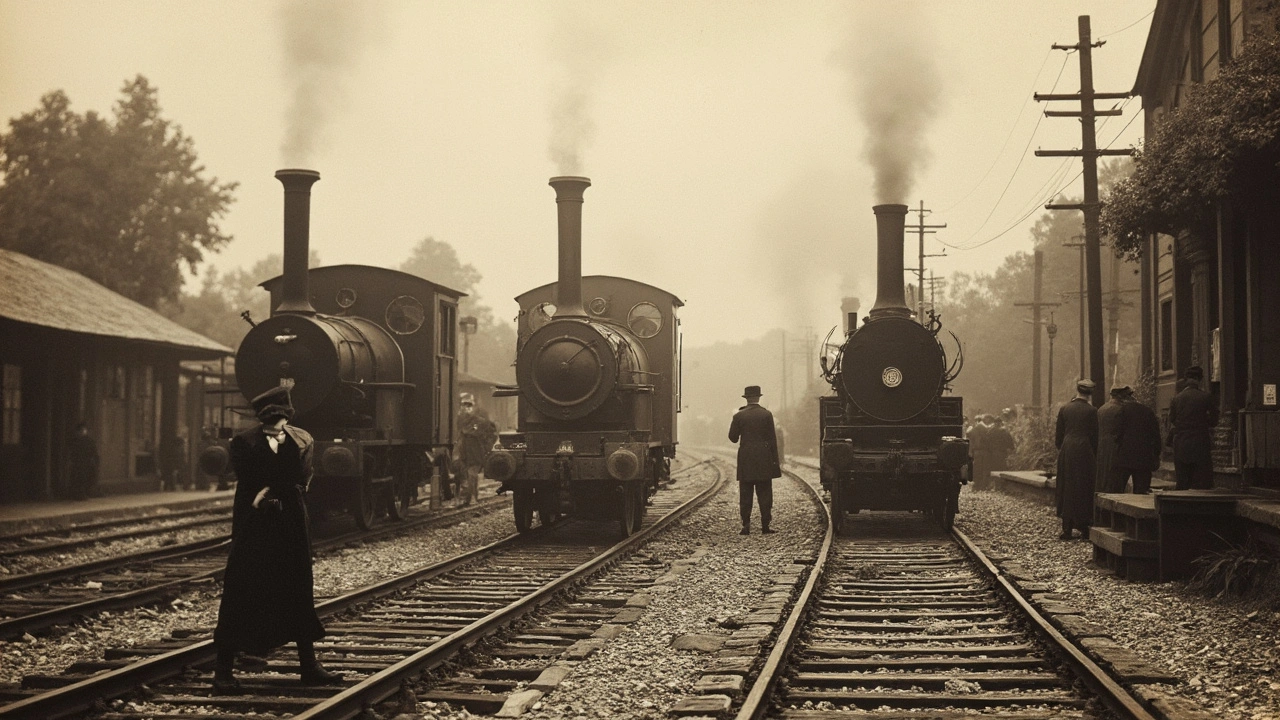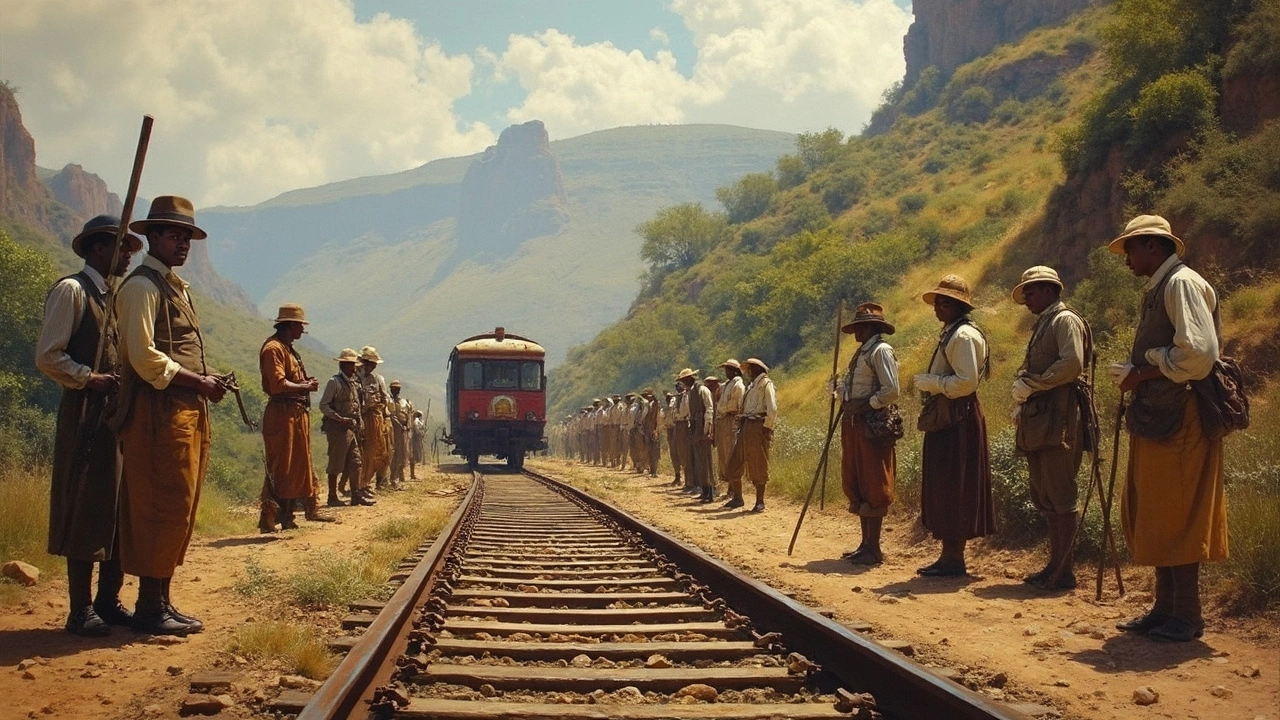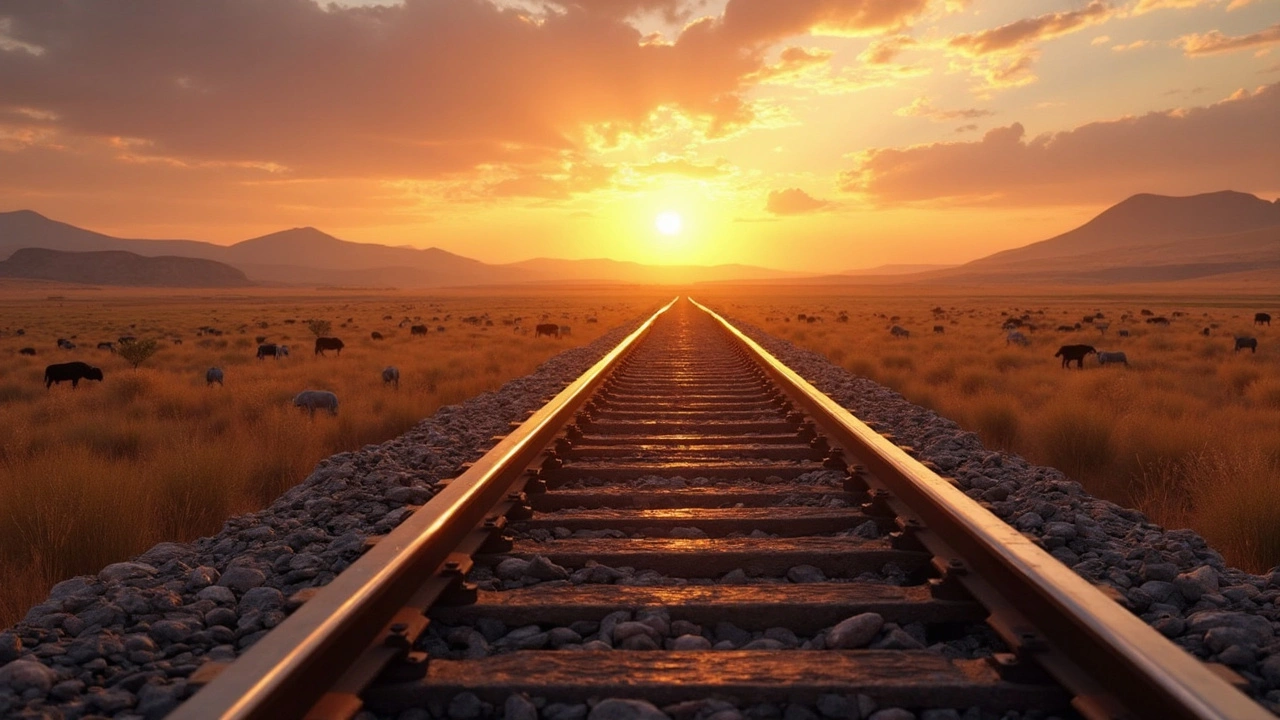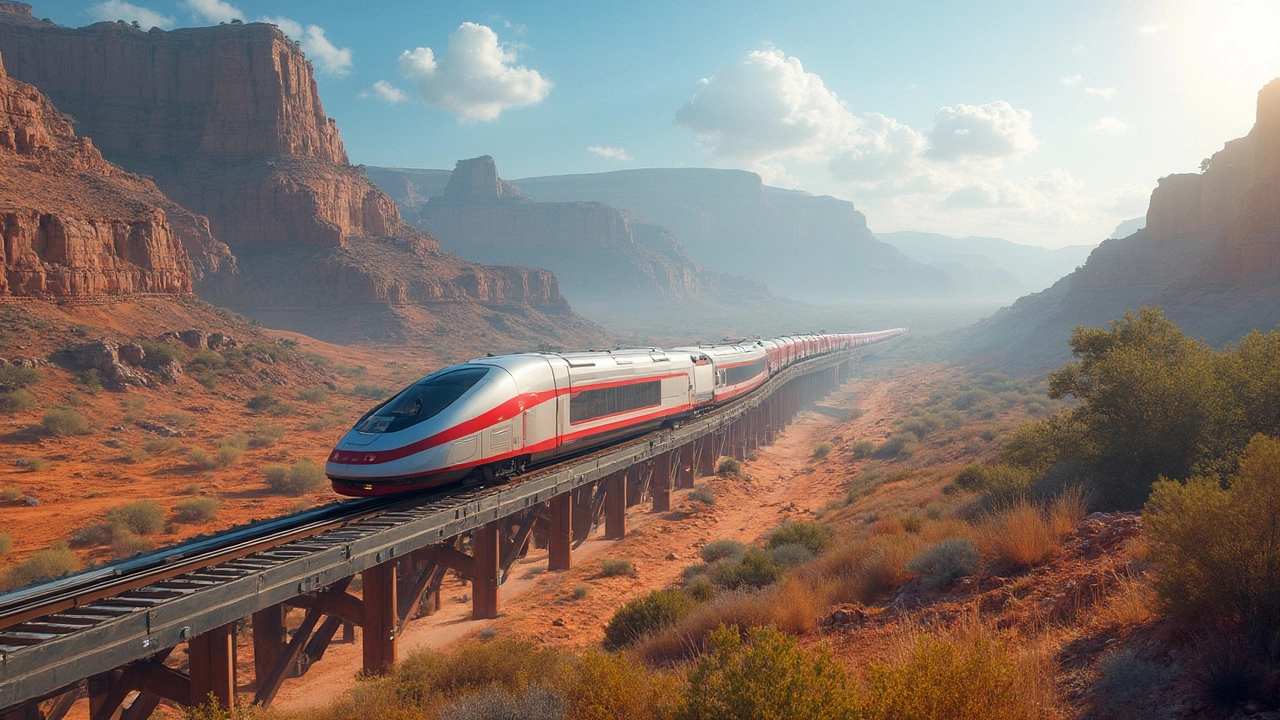Ladder Track: What It Is and Why It Matters in Today’s Railways
If you’ve heard about ladder track but aren’t quite sure what it means, you’re not alone. Ladder track is a special railway design that’s making a comeback thanks to its smart engineering and practical benefits. Unlike regular railway tracks with traditional sleepers, ladder track uses long beams running along the track’s length connected by cross beams, creating a sturdy frame to hold the rails in place. This system offers greater stability and reduces the need for constant repairs. Let’s break down what makes ladder track worth watching.
The Evolution and Practical Benefits of Ladder Track
Ladder track isn’t brand new—it actually dates back to the 19th century when early British railways experimented with different ways to hold rails steady. The main goal back then was to reduce vibrations and simplify maintenance, but technology wasn’t advanced enough yet to make ladder tracks widely popular. Fast forward to today, and modern materials and designs like the Tubular Modular Track (TMT) and innovations from Japan's Railway Technical Research Institute (RTRI) have breathed new life into this concept.
Why is this a game changer? Ladder track systems spread out forces along its length rather than concentrating them on individual sleepers. This means less wear and tear on railbeds and fewer repairs over time. They’re particularly helpful in places with tricky weather or unstable ground—think wet, soft, or desert environments where regular tracks struggle to hold steady. Plus, ladder tracks are quicker to install and easier to maintain, which saves money and hassle for rail operators.
Where Ladder Tracks Are Making a Difference Today
One cool example is South Africa’s Gautrain project, where ladder track technology helps support trains running smoothly in urban and industrial areas. It’s a perfect fit for city transit systems aiming to reduce noise, increase comfort, and cut down service interruptions. Because the design handles vibrations better, passengers enjoy a quieter ride, and the infrastructure lasts longer without costly fixes.
Ladder track also shines in specialized rail setups like mining operations or freight lines that face heavy loads and harsh conditions. Here, the low-maintenance aspect is a serious advantage. With ongoing advances, expect this technology to pop up in more railroads worldwide, offering a smart, reliable alternative to traditional track methods.
So next time you hear about ladder track, you’ll know it’s not just some old-school idea but a fresh, modern approach to making rail travel safer, cheaper, and smoother. Railways are evolving, and ladder tracks show how clever design solves practical problems in real life.
Ladder track is a railway track design that uses longitudinal supports connected by transverse beams to keep the rails correctly spaced. Originating in early British railways, it was largely replaced by sleeper tracks by 1860 due to certain limitations. Today, ladder tracks are experiencing a revival thanks to modern advancements that increase stability, lower noise, and reduce maintenance, particularly in specialized areas like mining and urban transit systems.
Ladder Track systems, with their historical roots in 19th-century railways, are making a comeback due to their modern adaptations. These tracks promise reduced maintenance and enhanced stability with innovative designs like Tubular Modular Track and RTRI Japan's configurations. Ideal across diverse environments, ladder tracks cater to the evolving needs of contemporary rail infrastructure.
Ladder track, with its unique system of longitudinal supports and transverse connectors, has evolved significantly from its early British roots. Modern adaptations aim to reduce maintenance and improve stability, using innovations like Tubular Modular Track and Japan's advanced designs. This article explores the practical benefits and drawbacks of ladder tracks and considers why today’s railways are revisiting these concepts.
Ladder track is a game-changer in the railway system, using innovative longitudinal beams and transverse connectors to support rails. It's an evolution from 19th-century designs, addressing issues like vertical vibrations and noise. Modern versions such as Tubular Modular Track and those developed by Japan’s RTRI offer low-maintenance, stable solutions perfect for wet or desert environments. These technologies pave the way for more efficient and reliable rail travel.





 Sports
Sports